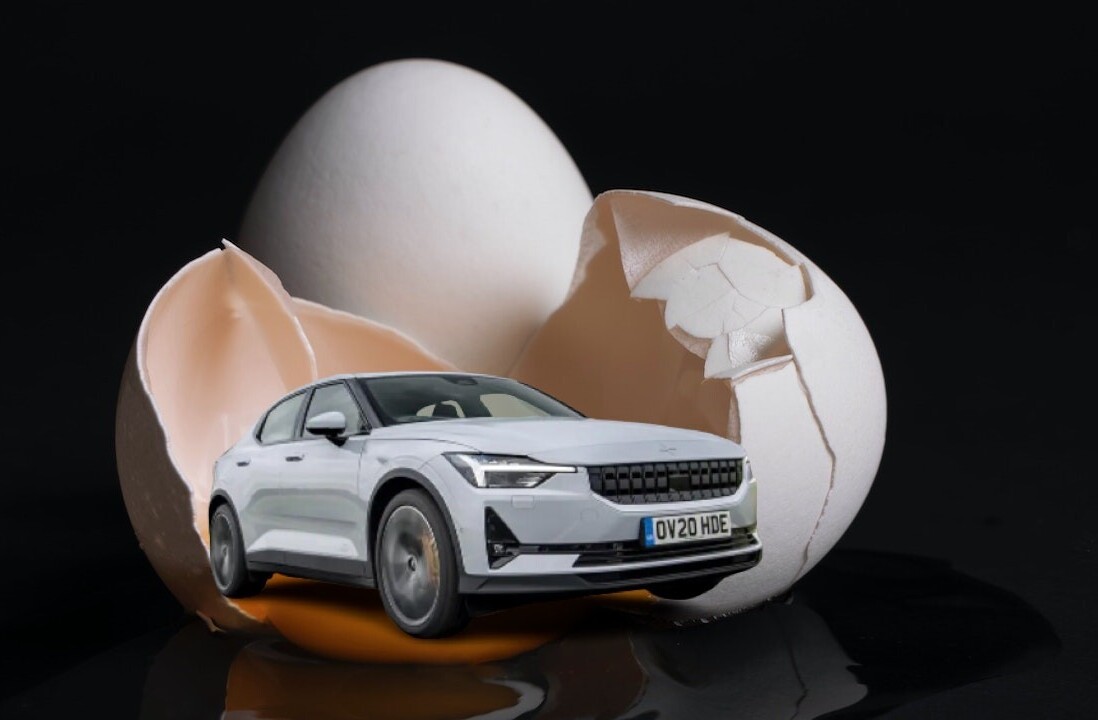
We may still be a long while away from driverless cars becoming the norm, but as I’ve learned over the past few days, India – once dubbed by Uber CEO Travis Kalanick as the last place on earth to host this revolution – is raring to go.
There are numerous efforts across the country to make self-driving tech a reality – both for the domestic market and foreign markets. One of the biggest pieces of recent news is that local design firm Tata Elxsi landed a contract to license its self-driving platform to a global car manufacturer this week.
It’s worth noting that, based on my chat with the folks at Elxsi (more on that in a future story), this manufacturer isn’t targeting India immediately. However, it has found Elxsi’s made-in-India middleware (a platform that sits between the vehicle’s on-board operating system and the obstacle detection hardware) to be sophisticated enough to implement in its cars that are meant for developed countries.
Tata Motors, the automotive division of the $100 billion group of companies, is also working internally on self-driving tech – following up on research by Dr. Roshy John, who headed up Robotics and Cognitive Systems at Tata Consultancy Services and built a self-driving vehicle system on his own steam. However, the company hasn’t spoken extensively about its plans, or detailed which sector it will deploy its tech in first – personal automobiles, farming and mining equipment or freight and public transport vehicles.
Mahindra, another local automaker that’s part of a multi-billion dollar conglomerate of the same name, is also easing into self-driving tech. In 2014, it announced a $1 million prize to young innovators who could develop a driverless car, and saw 670 teams send in applications. It’s now narrowing down its selection to choose a winner soon.
At NASSCOM’s Drive with IoT event in Bangalore today, the company showed off its e2o Plus electric car retooled to accept signals from a secondary steering wheel connected to a laptop and then to the vehicle’s drive-by-wire system. It’s a rudimentary solution at best, but Mahindra says it’s a proven system that can quickly be adapted to play nice with a sensor-based obstacle avoidance setup.
The race to bring driverless vehicles to roads around the world is still on, and it’s interesting to see India join the fray. We’re likely going to see companies eventually test their technology nationwide as well, and it now seems like it’s just a matter of time before the autonomous vehicle wave engulfs the country.
Get the TNW newsletter
Get the most important tech news in your inbox each week.




